A teacher who made science a celebration of life
Professor Talwar’s teaching went far beyond textbooks and experiments. He created an atmosphere where science and art walked hand in hand.
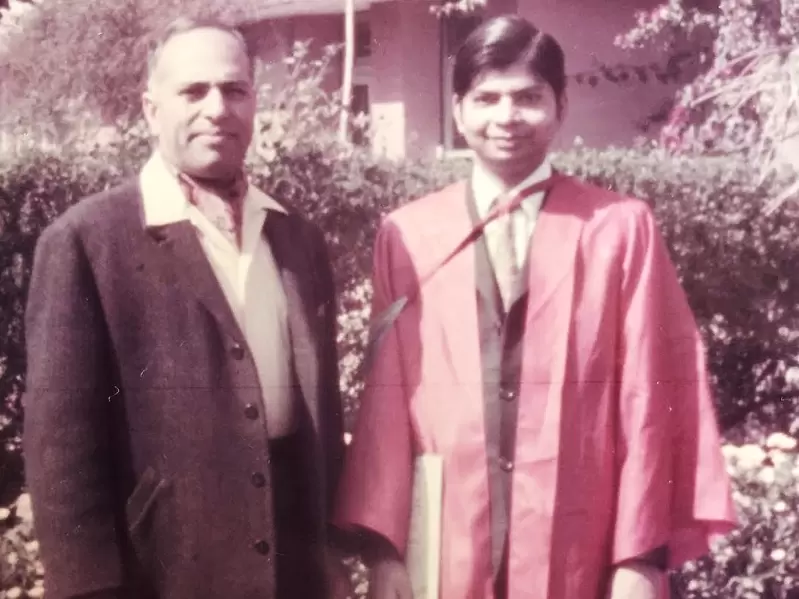 Zafar Iqbal with Professor Talwar. / Zafar Iqbal
Zafar Iqbal with Professor Talwar. / Zafar Iqbal
“Zindagi kya hai anasir mein zuhur-e-tarteeb, Maut kya hai inhi ajza ka pareshan hona.”
Life is the appearance of elements in harmony; death is their disarray.
These were the very first words I heard as a student at AIIMS in January 1966 in my biochemistry class. Professor G. P. Talwar, in his opening lecture on biological sciences, began not with formulas but with these lines from a Lakhnavi poet, Pandit Brij Narain Chakbast. For me, a young man from Lucknow, hearing poetry from my hometown quoted in a science class filled me with pride. More than a biochemistry lesson, it was an unforgettable lesson in how science could be interwoven with culture, thought, and beauty.
Years later, in Lucknow, I had the good fortune to meet Chakbast’s granddaughter, Uma Chakbast. When I told her that I had first heard her grandfather’s words in Professor Talwar’s classroom, she gifted me a signed copy of Subh-e-Watan. It felt as though a circle had completed itself.
Professor Talwar’s teaching went far beyond textbooks and experiments. He created an atmosphere where science and art walked hand in hand. Eminent artists like M.F. Husain and Satish Gujral were invited to AIIMS to interact with students, and I often had the privilege of helping organize those events. I learned just as much from those experiences as I did from lectures in the lab.
His warmth and generosity made him beloved among his students. I still recall our trip to Bangalore in 1967 for the Society of Biological Chemists meeting, when he treated all of us to the most famous dosa in town. Another cherished memory is from an annual cricket match, where I bowled him out in just two balls. Instead of being annoyed, he laughed heartily, patted me on the back, and turned it into a moment I still treasure.
His professional journey was no less inspiring. Born in Hissar and raised in Lahore, he lived through the upheaval of Partition, completing his exams in a refugee camp. He later studied at the Sorbonne, worked with Nobel laureate Jacques Monod at the Institut Pasteur, and trained in Germany as a Humboldt Fellow. At AIIMS, where he served as Head of Biochemistry from 1965 to 1983, he built one of the country’s most dynamic departments. Later, as the founding director of the National Institute of Immunology (NII), he oversaw the development of the world’s first leprosy vaccine and pioneered work on contraceptive vaccines and cancer immunotherapy. His contributions earned him India’s Padma Bhushan and France’s Légion d’Honneur, as well as global recognition.
And yet, what I remember most is not the awards or titles, but the man himself. He had the rare gift of making science feel like a celebration of life. By quoting poetry in lectures, nurturing curiosity across disciplines, and treating his students as companions in discovery, he showed us that a true teacher is as much a humanist as a scholar.
This year, NII—now a premier institution under the Biotechnology Research and Innovation Council of India—will celebrate its Foundation Day (6–7 October 2025) with a symposium on “Immunology and Allied Research in India: Foundations, Frontiers & Futures,” honoring its visionary founder.
As Professor Talwar approaches his 100th birthday, he remains a towering figure in Indian science. But to me, he will always be the teacher who taught us to look beyond molecules and see the harmony that holds life together.
“Hazaron saal Nargis apni be-noori pe roti hai, Bari mushkil se hota hai chaman mein deedavar paida.”
For thousands of years, the narcissus weeps over its blindness; with great difficulty, an actual seer is born in the garden.
In Professor G. P. Talwar, we were fortunate to have such a seer, one who united science with humanity and left generations of students with lessons that reached far beyond the classroom.




 Zafar Iqbal
Zafar Iqbal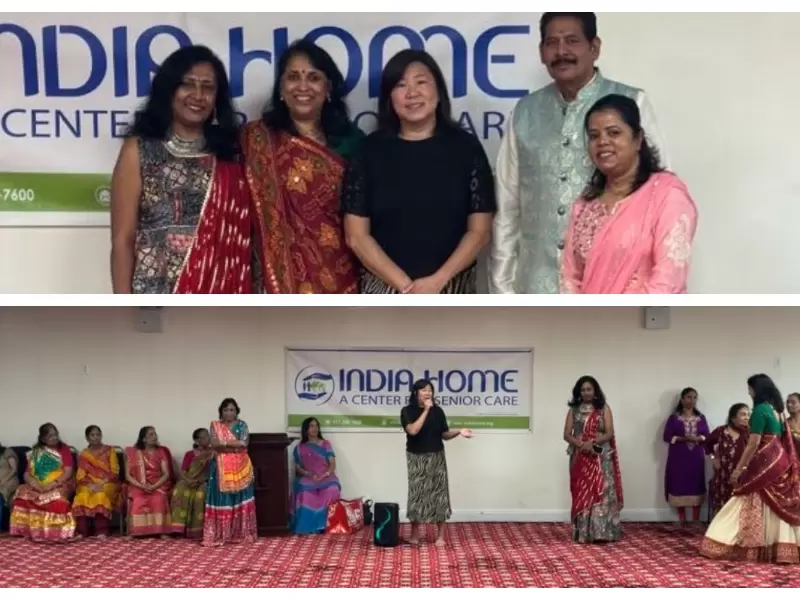
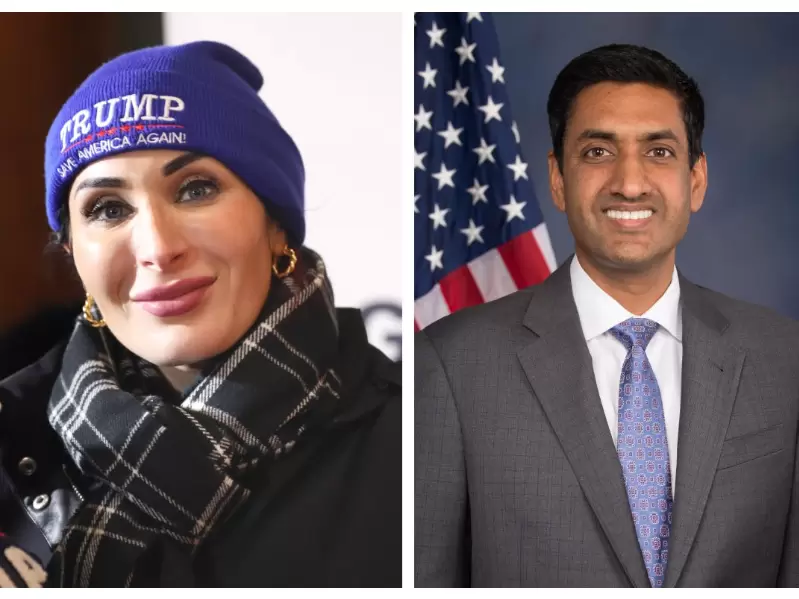

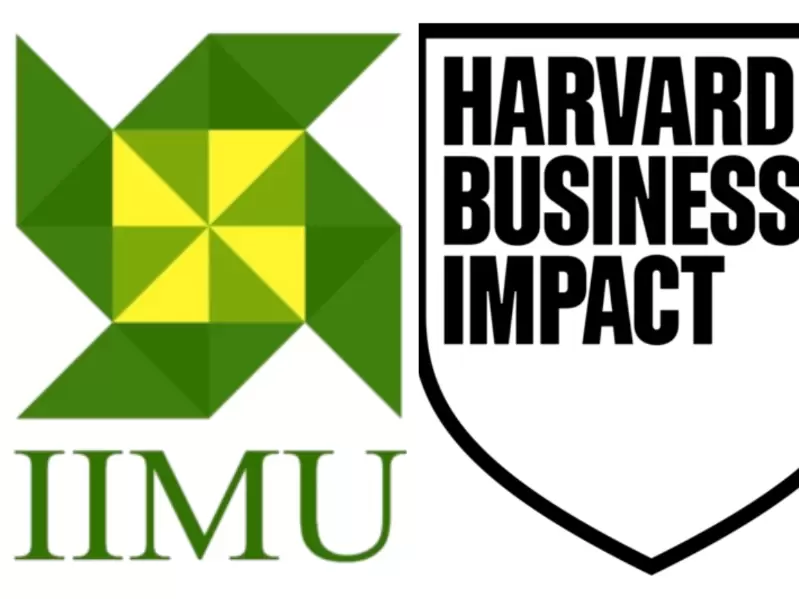
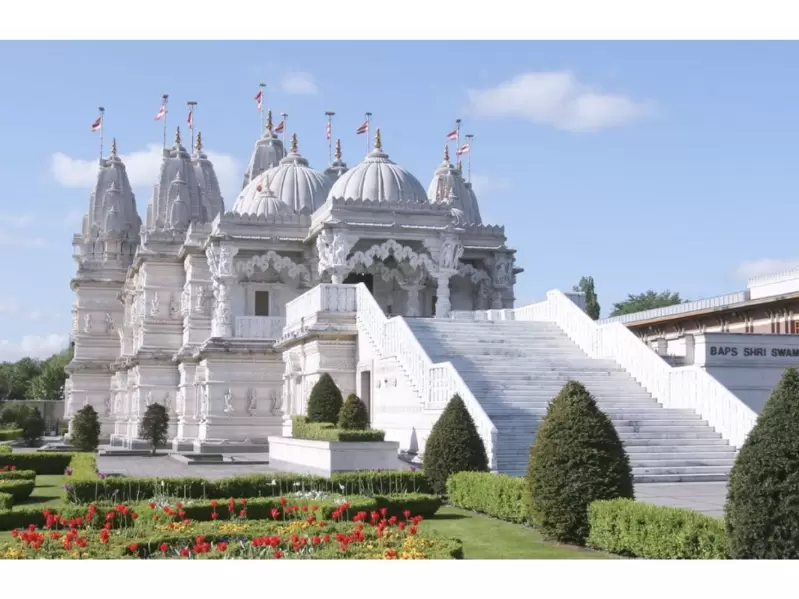


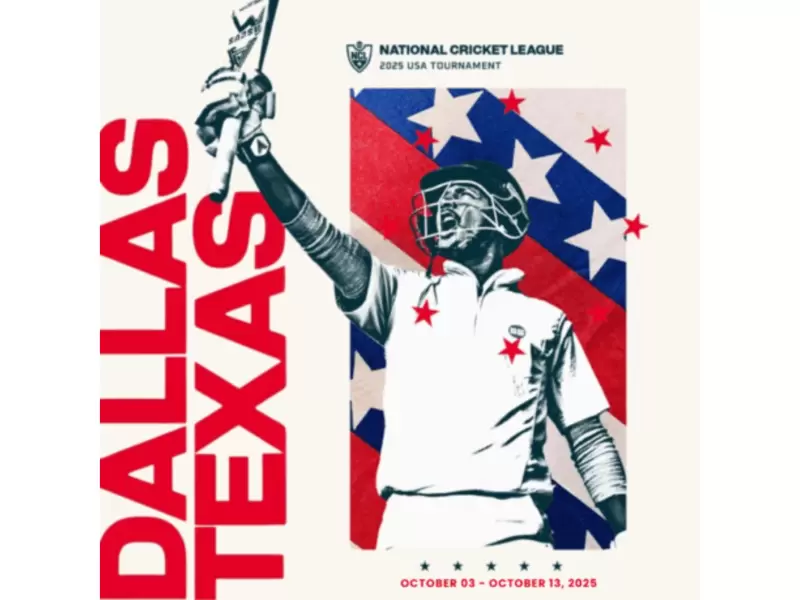








Comments
Start the conversation
Become a member of New India Abroad to start commenting.
Sign Up Now
Already have an account? Login